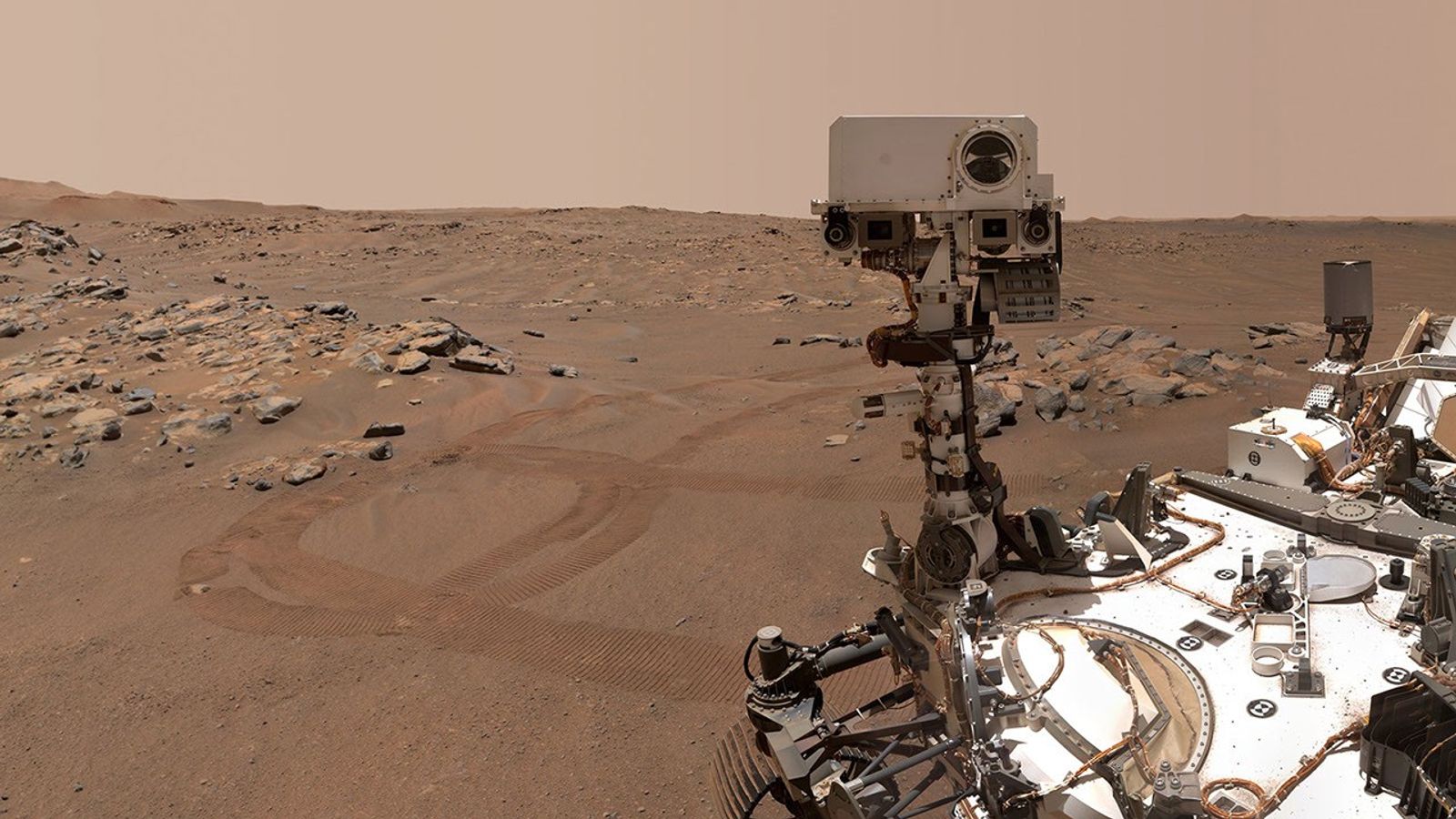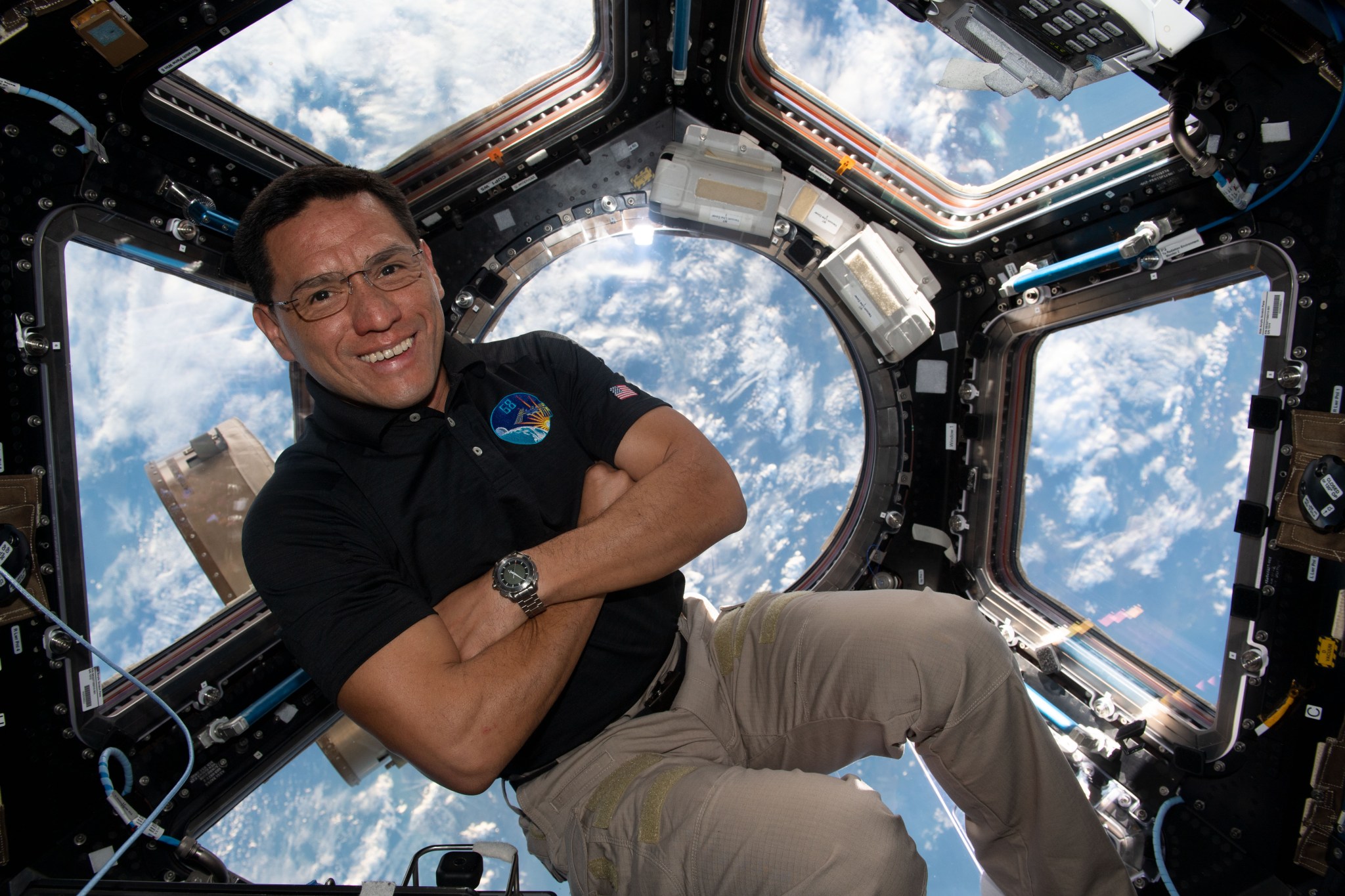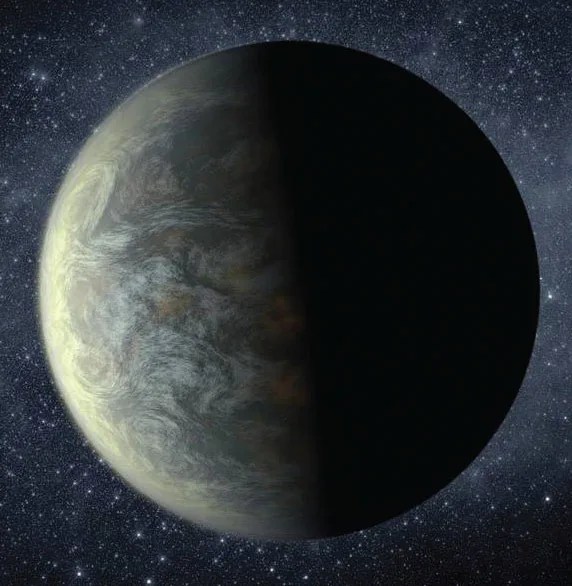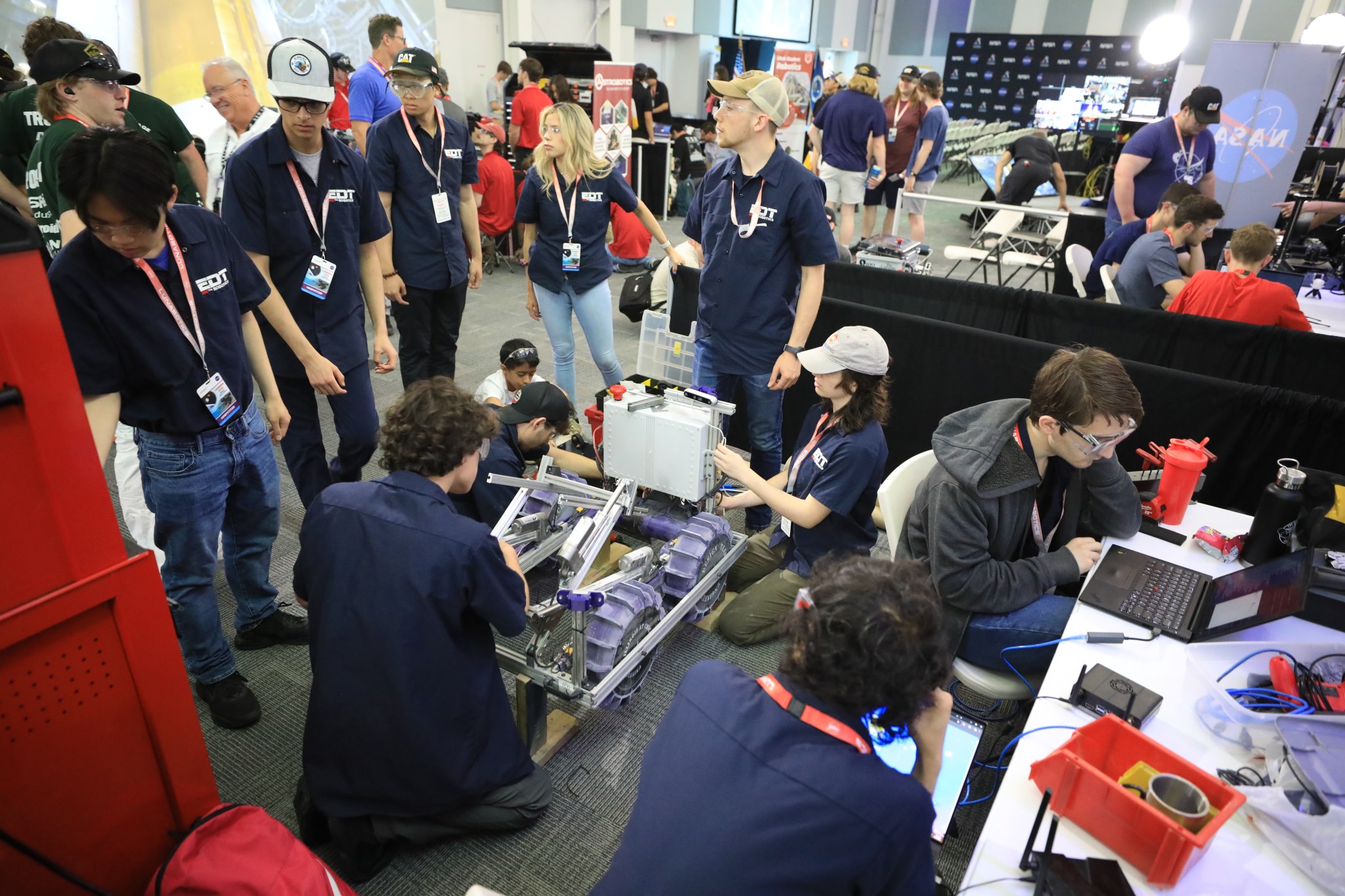NASA Sets Coverage for Northrop Grumman CRS-23, SpaceX Falcon 9 Launch
NASA, Northrop Grumman, and SpaceX are targeting no earlier than 6:11 p.m. EDT, Sunday, Sept. 14, for the next launch to deliver science investigations, supplies, and equipment to the International Space Station. The mission is known as NASA’s Northrop Grumman Commercial Resupply Services 23, or Northrop Grumman CRS-23.
Watch the agency’s launch and arrival coverage on NASA+, Amazon Prime, and more. Learn how to watch NASA content through a variety of platforms, including social media.
Filled with more than 11,000 pounds of supplies, the Northrop Grumman Cygnus XL spacecraft, carried on a SpaceX Falcon 9 rocket, will launch from Space Launch Complex 40 at Cape Canaveral Space Force Station in Florida. This mission will be the first flight of the Cygnus XL, the larger, more cargo-capable version of the company’s solar-powered spacecraft.
Following arrival, astronauts aboard the space station will use the Canadarm2 to grapple Cygnus XL on Wednesday, Sept. 17, before robotically installing the spacecraft to the Unity module’s Earth-facing port for cargo unloading.
Highlights of space station research and technology demonstrations, facilitated by delivery aboard this Cygnus XL, include materials to produce semiconductor crystals in space and equipment to develop improvements for cryogenic fuel tanks. The spacecraft also will deliver a specialized UV light system to prevent the growth of microbe communities that form in water systems and supplies to produce pharmaceutical crystals that could treat cancer and other diseases.
Media interested in speaking to a science subject matter expert should contact Sandra Jones at: sandra.p.jones@nasa.gov. A copy of NASA’s media accreditation policy is available on the agency’s website.
The Cygnus XL spacecraft is scheduled to remain at the orbiting laboratory until March before it departs and burns up in the Earth’s atmosphere. Northrop Grumman has named the spacecraft the S.S. William “Willie” McCool, in honor of the NASA astronaut who perished in 2003 during the space shuttle Columbia accident.
NASA’s mission coverage is as follows (all times Eastern and subject to change based on real-time operations):
Wednesday, Sept. 10:
1 p.m. – International Space Station National Laboratory Science Webinar with the following participants:
- Dr. Liz Warren, associate chief scientist, NASA’s International Space Station Program Research Office
- Phillip Irace, science program director, International Space Station National Laboratory
- Paul Westerhoff, regents professor, School of Sustainable Engineering and the Built Environment, Arizona State University
- Robert Garmise, director of formulation development; exploratory biopharmaceuticals, Bristol Myers Squibb
- Joel Sercel, founder and CEO, TransAstra Corporation and Mike Lewis, senior vice president, customer innovation, Voyager Technologies
- Mohammad Kassemi, research professor, Case Western University
Media who wish to participate must register for Zoom access no later than one hour before the start of the webinar.
The webinar will be recorded and shared to the International Space Station National Lab’s YouTube channel following the event. Ask questions in advance using social accounts @ISS_CASIS and @Space_Station.
Friday, Sept 12
11:30 a.m. – Prelaunch media teleconference with the following participants:
- Dina Contella, deputy manager, NASA’s International Space Station Program
- Dr. Liz Warren, associate chief scientist, NASA’s International Space Station Program Research Office
- Ryan Tintner, vice president, Civil Space Systems, Northrop Grumman
- Jared Metter, director, Flight Reliability, SpaceX
Media who wish to participate by phone must request dial-in information by 5 p.m., Thursday, Sept. 11, by contacting the NASA Johnson newsroom at 281-483-5111 or jsccommu@mail.nasa.gov.
Audio of the teleconference will stream live on the agency’s website and YouTube.
5:50 p.m. – Launch coverage begins on NASA+ and Amazon Prime
6:11 p.m. – Launch
Wednesday, Sept. 17:
5 a.m. – Arrival coverage begins on NASA+ and Amazon Prime
6:35 a.m. – Capture
8 a.m. – Installation coverage begins on NASA+ and Amazon Prime
NASA website launch coverage
Launch day coverage of the mission will be available on the NASA website. Coverage will include live streaming and blog updates beginning no earlier than 5:50 p.m. on Sept. 14, as the countdown milestones occur. On-demand streaming video on NASA+ and photos of the launch will be available shortly after liftoff. For questions about countdown coverage, contact the NASA Kennedy newsroom at 321-867-2468. Follow countdown coverage on our International Space Station blog for updates.
Attend Launch Virtually
Members of the public can register to attend this launch virtually. NASA’s virtual guest program for this mission also includes curated launch resources, notifications about related opportunities or changes, and a stamp for the NASA virtual guest passport following launch.
Watch, Engage on Social Media
Let people know you’re watching the mission on X, Facebook, and Instagram by following and tagging these accounts:
X: @NASA, @NASASpaceOps, @NASAKennedy, @Space_Station, @ISS_CASIS
Facebook: NASA, NASAKennedy, ISS, ISS National Lab
Instagram: @NASA, @NASAKennedy, @ISS, @ISSNationalLab
Coverage en Espanol
Did you know NASA has a Spanish section called NASA en Espanol? Check out NASA en Espanol on X, Instagram, Facebook, and YouTube for additional mission coverage.
Para obtener información sobre cobertura en español en el Centro Espacial Kennedy o si desea solicitar entrevistas en español, comuníquese con Antonia Jaramillo o Messod Bendayan a: antonia.jaramillobotero@nasa.gov o messod.c.bendayan@nasa.gov.
Learn more about the mission at:
https://www.nasa.gov/mission/nasas-northrop-grumman-crs-23/
-end-
Josh Finch / Jimi Russell
Headquarters, Washington
202-358-1100
joshua.a.finch@nasa.gov / james.j.russell@nasa.gov
Steven Siceloff
Kennedy Space Center, Fla.
321-876-2468
steven.p.siceloff@nasa.gov
Sandra Jones / Joseph Zakrzewski
Johnson Space Center, Houston
281-483-5111
sandra.p.jones@nasa.gov / joseph.a.zakrzewski@nasa.gov
Powered by WPeMatico
Get The Details…
Lauren E. Low













